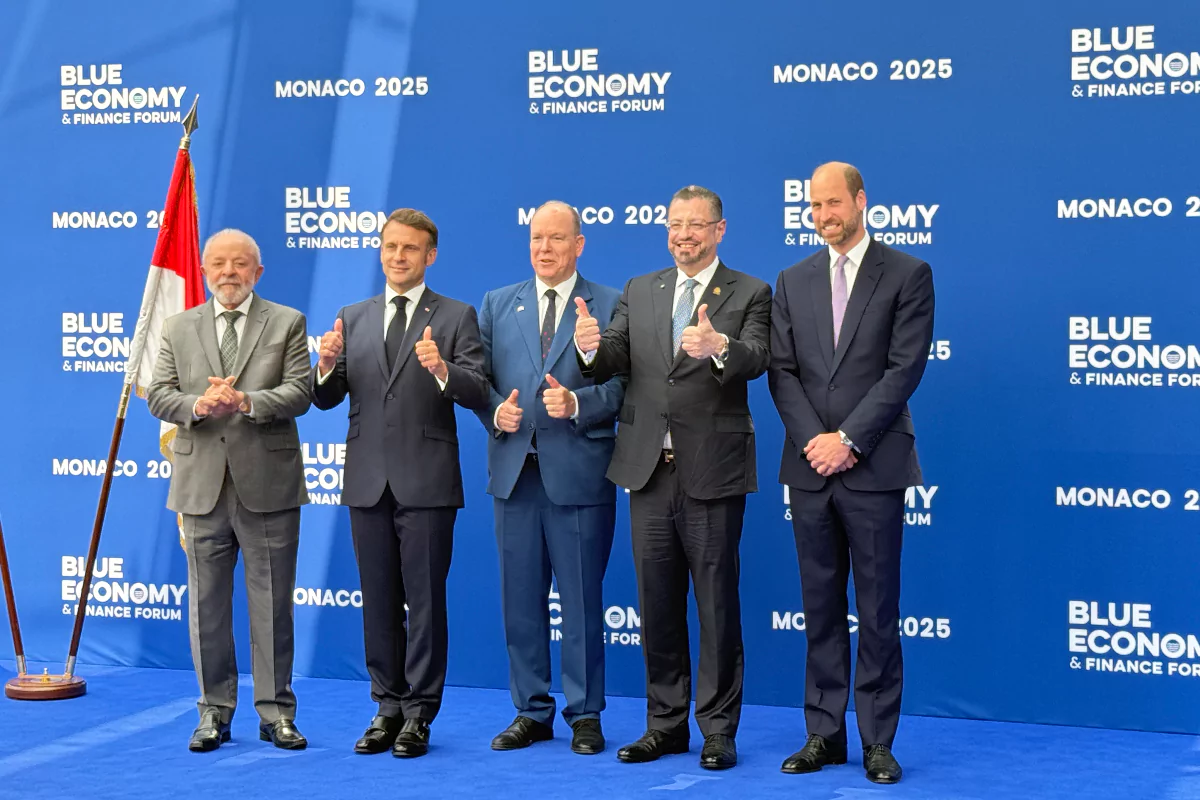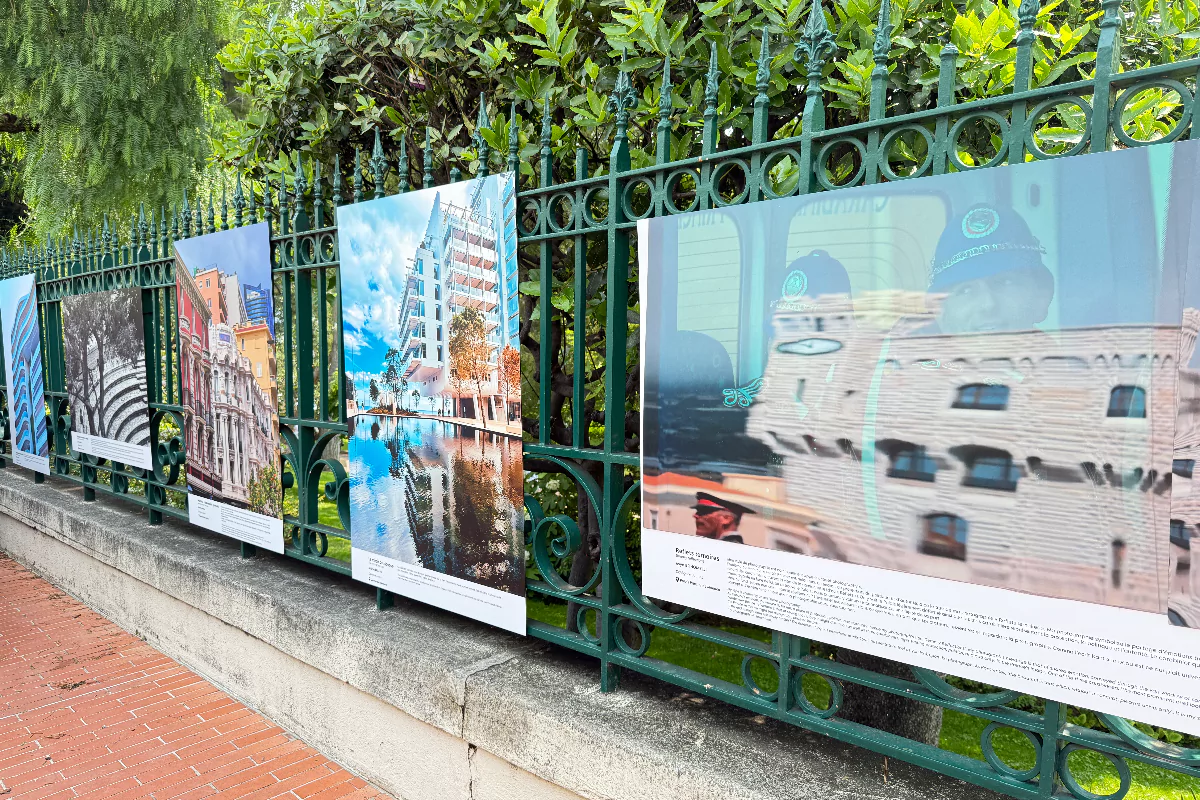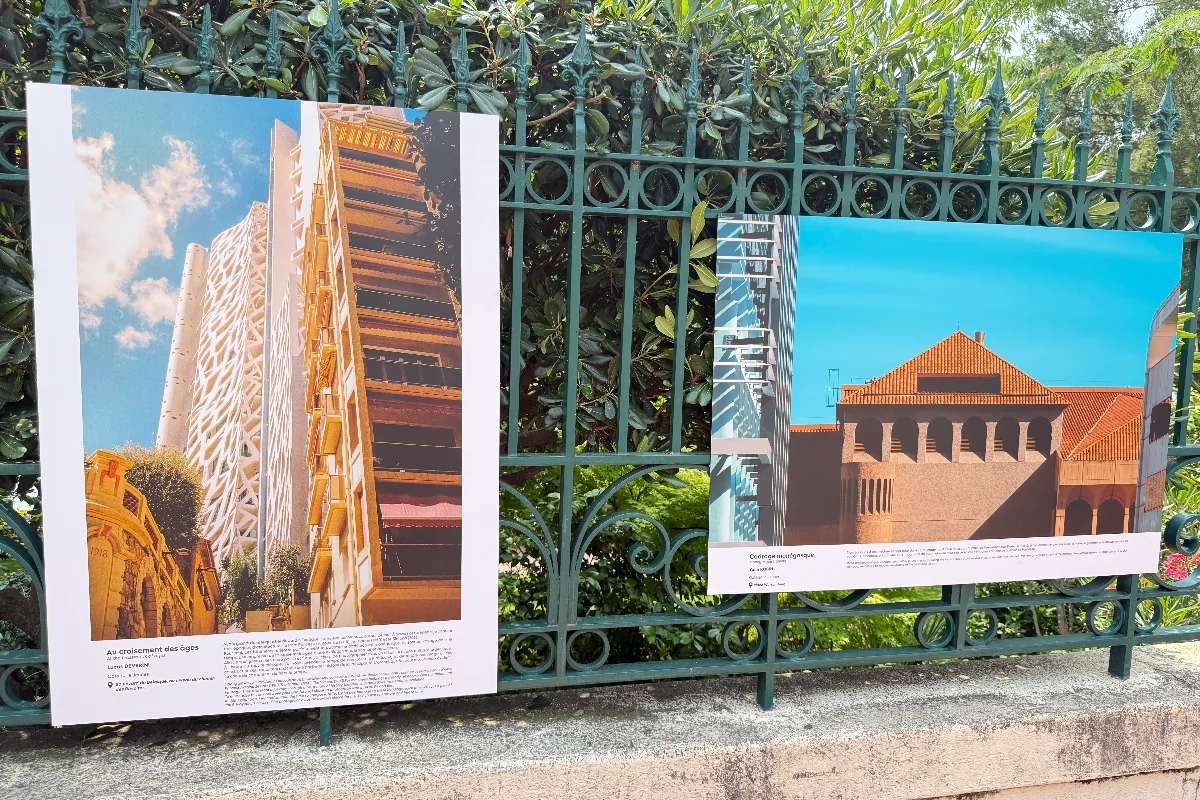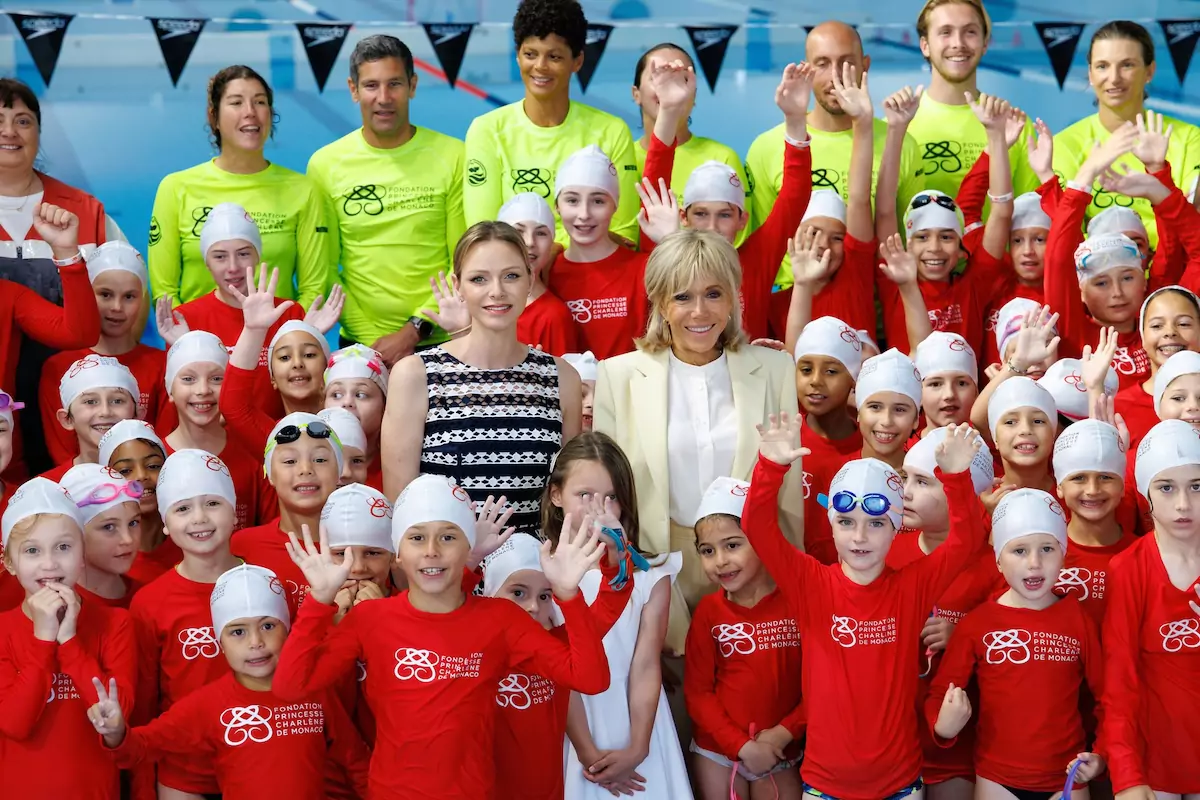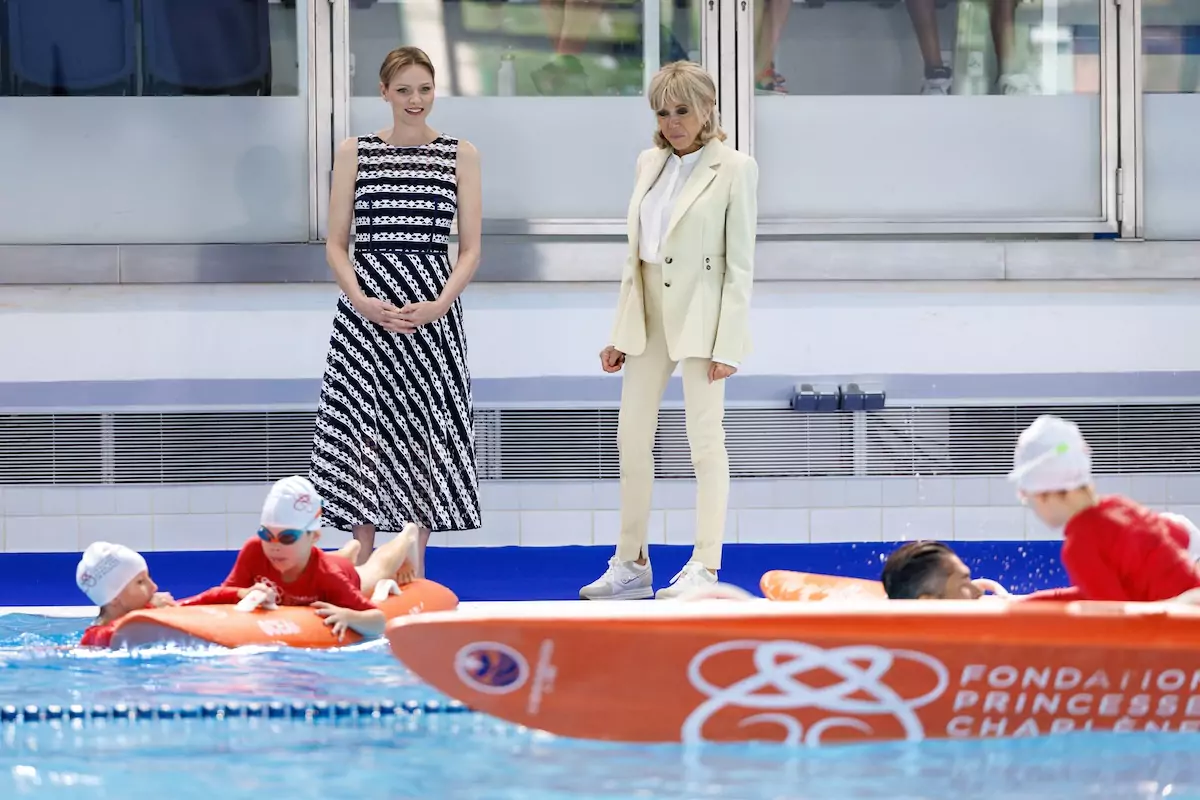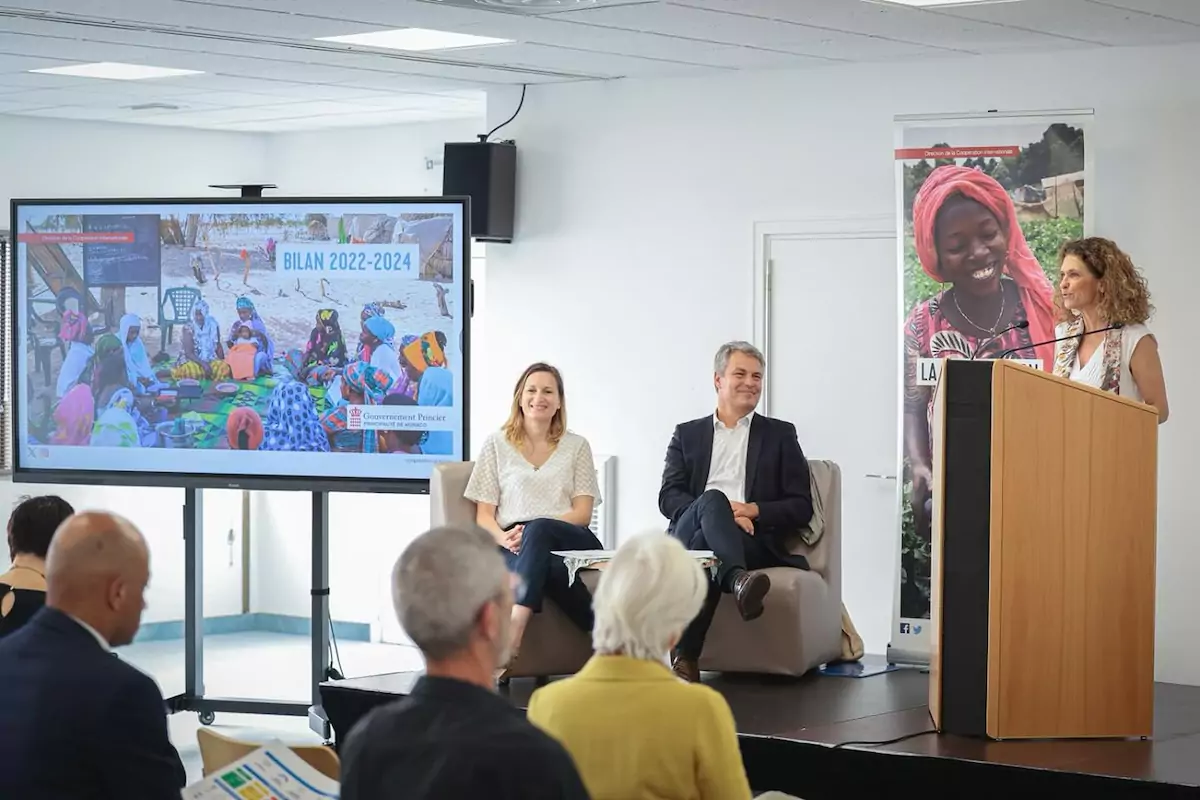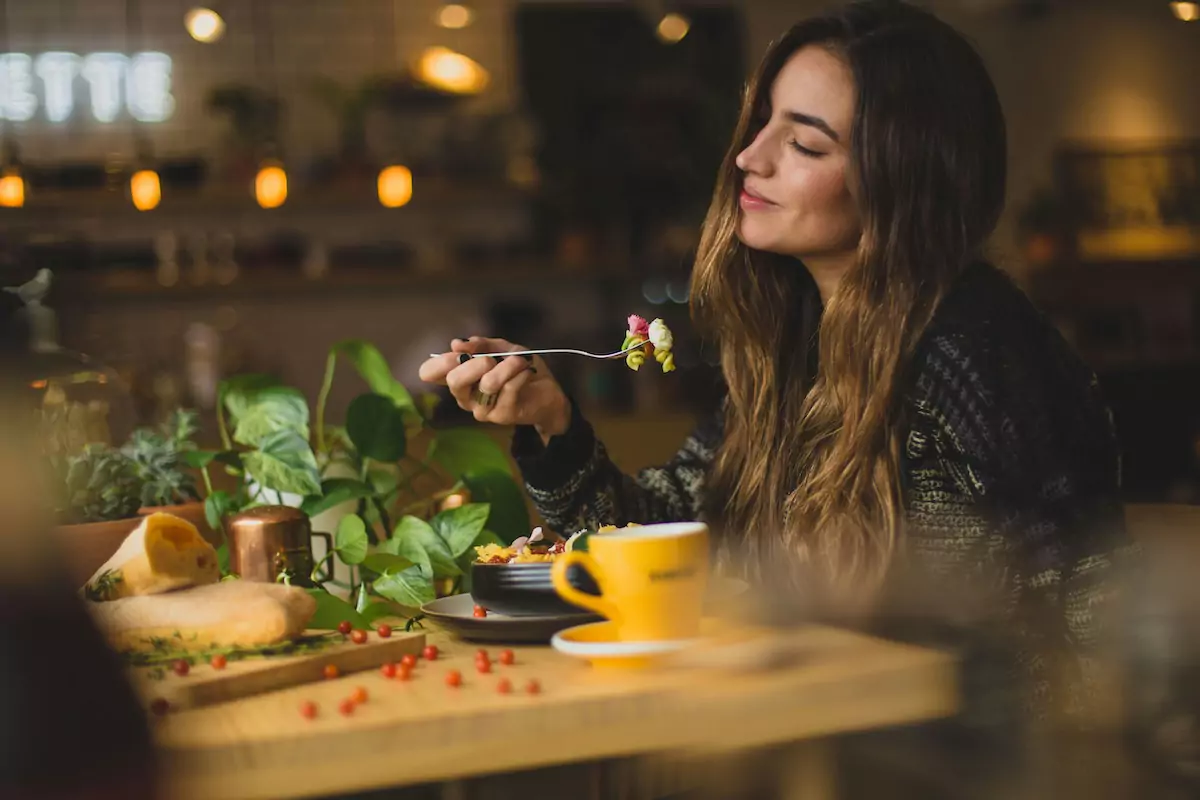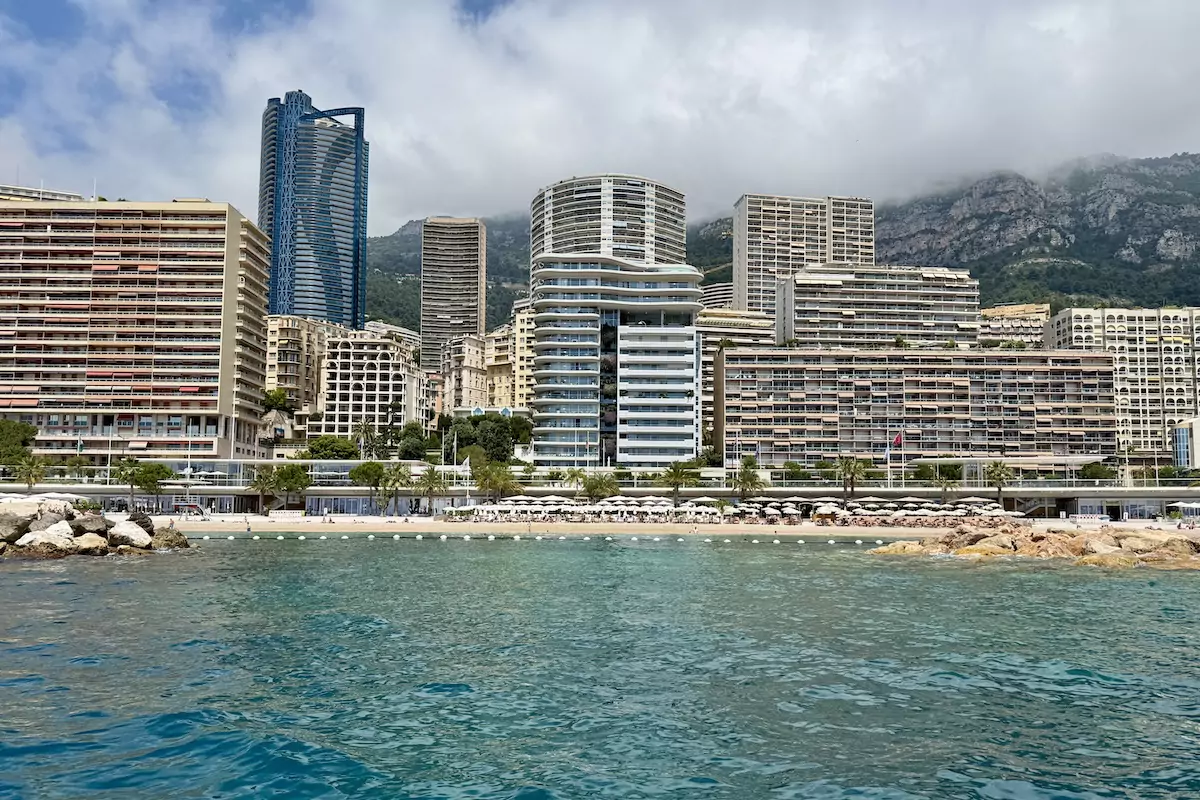Prince Albert II of Monaco, Prince William of Wales, French President Emmanuel Macron, Brazil’s President Luiz Inácio Lula da Silva, and Costa Rica’s President Rodrigo Chaves Robles joined forces at the Blue Economy and Finance Forum on the weekend, calling for urgent action to protect the world’s oceans and promote sustainable economy.
Held at the Grimaldi Forum Monaco and attended by Monaco Life, the two-day event brought together a powerful coalition of leaders, environmental experts, scientists, business innovators, and representatives. The forum served as a key lead-up to the United Nations Ocean Conference in Nice this week.
Chaired by Pascal Lamy, former WTO Director-General, and Ilana Sed, UN representative from Palau, the gathering focused on concrete solutions for ocean conservation and sustainable maritime development.
Prince Albert II expressed cautious optimism about the outcome from the discussions in his opening speech. “As someone committed to defending the environment, occasionally positive momentum does occur. And what we have witnessed here in Monaco is precisely that,” he said. The Prince noted that solutions already exist across multiple sectors, from sustainable fisheries management to marine biotechnology, stating that “we are standing at the threshold of this blue transition”.
Scientific financing becomes imperative
French President Emmanuel Macron addressed the scientific imperative for action, firmly rejecting the notion that climate change and ocean degradation are matters of opinion. “This is not an opinion, but scientifically established. We have a political, ethical, and scientific duty to continue financing free and open science,” he said.
The French President outlined the harsh reality that oceans face, explaining that due to global warming, sea levels are set to rise by over one metre in the worst-case scenarios. “We know that changes are dramatic at this point,” he warned, highlighting the particular vulnerability of coastal states, islands, and cities. He announced however that France would strengthen its maritime protection targets, building on the country’s position as the world’s second-largest maritime power thanks to its overseas territories.
The appearance of the Prince of Wales at the Blue Economy Forum brought a spotlight to the UK’s role in ocean innovation. Representing the United Kingdom, Prince William spoke passionately about the power of innovation to drive environmental change, drawing on his personal work through the Earthshot Prize. He shared success stories from prize finalists, including groundbreaking coral restoration efforts that have cultivated over 20,000 corals, and algae-based omega-3 production technologies that have already spared more than 2.5 million wild fish in just six months.
“Put simply, the ocean is under enormous pressure,” the Prince said, calling for scaling up of innovative solutions. He noted that whilst brilliant minds are developing inspiring solutions, “they cannot do it alone. They need scaling, support and investment to reach their potential.”
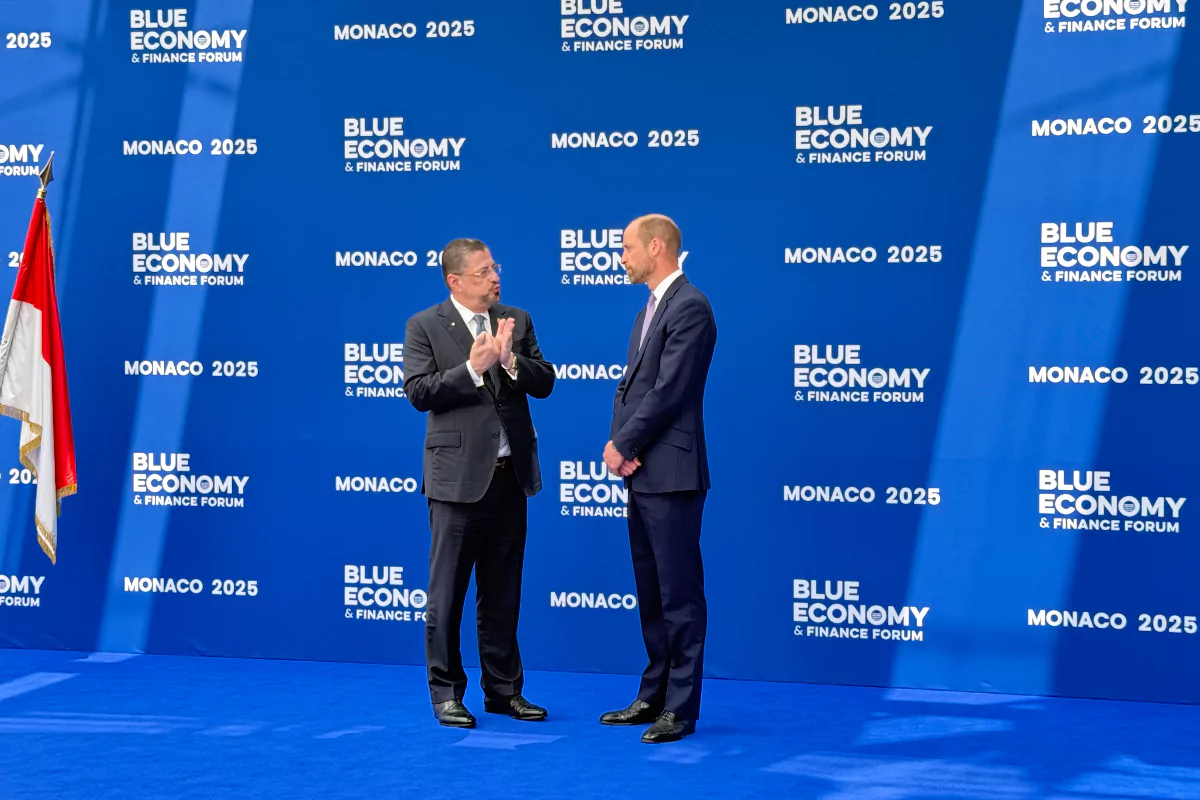
Leading by example
Costa Rica’s President Rodrigo Chaves Robles delivered an impassioned call for immediate action, mentioning his small nation’s leadership an an example. Despite representing just 0.03% of the world’s land area, Costa Rica holds nearly 6% of global biodiversity and has already achieved the 2030 target of protecting 30% of its marine territory well in advance.
“We are not saying it could be done. We are not saying it should be done. Costa Rica is doing it, putting our actions where our mouth is,” President Chaves declared. He stressed that “vision without action is just hallucination or demagoguery” and called for reformed financing criteria that don’t penalise middle-income countries that have succeeded in conservation efforts.
Meanwhile, Brazil’s President Luiz Inácio Lula da Silva brought a developing world perspective to the discussions. He also highlighted the economic significance of the ocean whilst calling for greater international financial commitment. “The ocean generates two trillion and 600 billion dollars annually. If it were a country, the ocean would occupy the fifth position among the world’s largest economies,” Lula observed.
The Brazilian leader highlighted the chronic underfunding of marine conservation initiatives, noting that the UN Sustainable Development Goal 14, dedicated to marine resource conservation, “is among the least funded objectives of the entire 2030 agenda”. He called for what he termed a ‘mutirão’ – an indigenous Brazilian word meaning collective effort – to increase financial commitments to ocean protection.
Collaboration is key
The forum addressed multiple aspects of the blue economy, from sustainable fisheries and marine biotechnology to renewable energy and tourism. Prince Albert II explained that concrete solutions already exist across all these sectors, stressing that “this is no longer just about innovation, although it still plays a key role. This is about practical, operational, and profitable opportunities.”
The Prince of Monaco concluded by highlighting the importance of public-private partnerships and international alliances, noting that “we will need all the goodwill and all the talent available” to address evolving ocean challenges. He called for building bridges between countries, coastal communities, scientists, and economic players to bring the sustainable blue economy to life.
Monaco Life was there! See more in Kyriaki Topalidou’s video below…
View this post on Instagram
Monaco Life is produced by a team of real multi-media journalists writing original content. See more in our free newsletter, follow our Podcasts on Spotify, and check us out on Facebook, Instagram, LinkedIn and Tik Tok.
Main photo credit: Kyriaki Topalidou, Monaco Life. From left to right: Brazil’s President Luiz Inácio Lula da Silva, French President Emmanuel Macron, Prince Albert II of Monaco, Costa Rica’s President Rodrigo Chaves Robles and Prince William of Whales.
